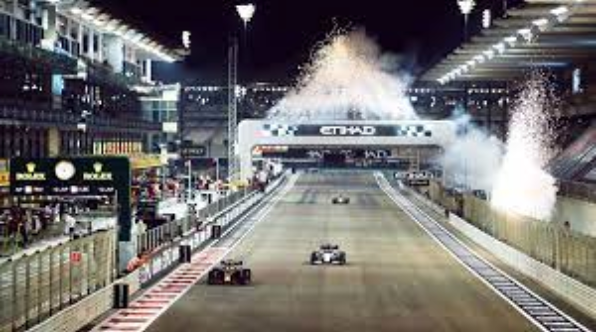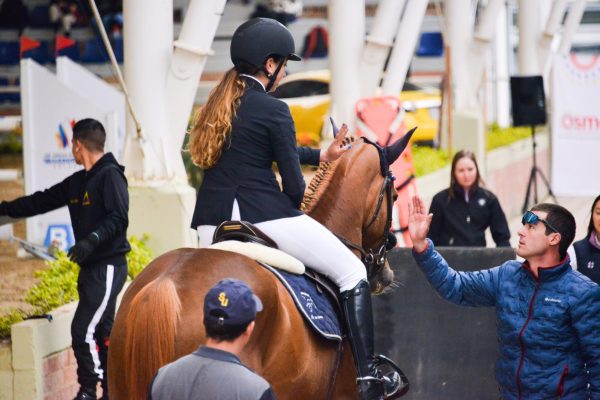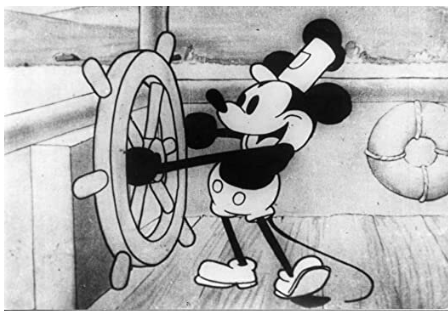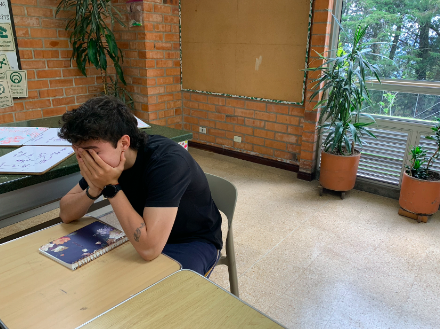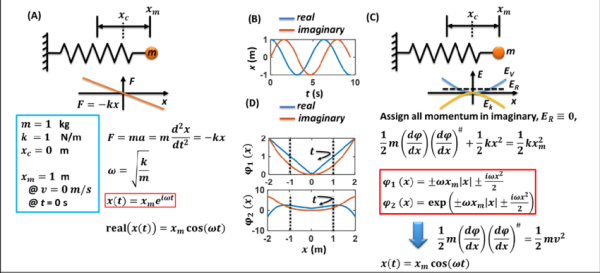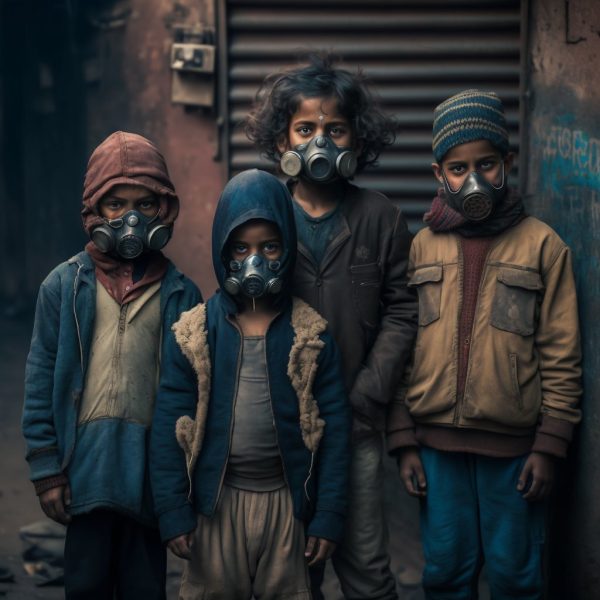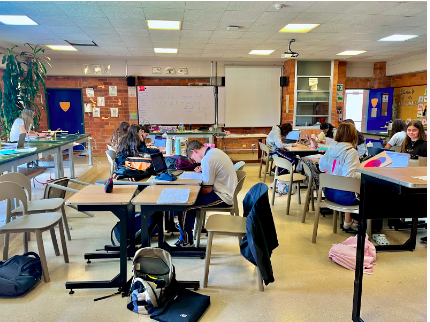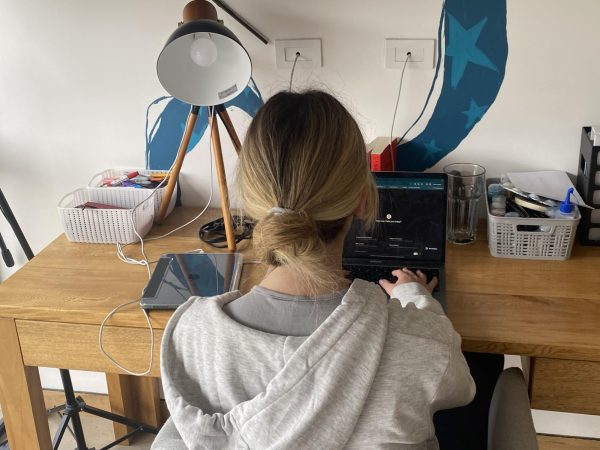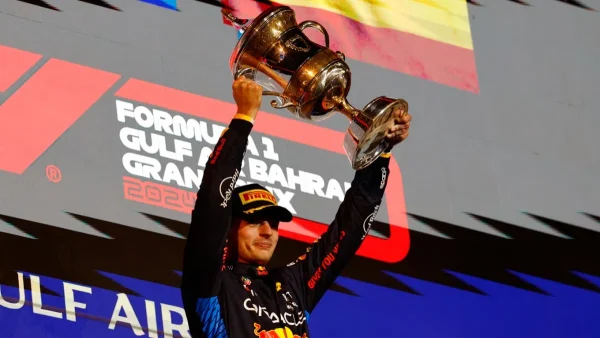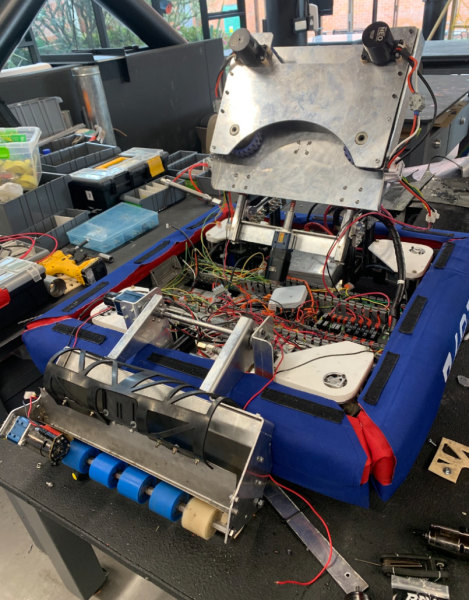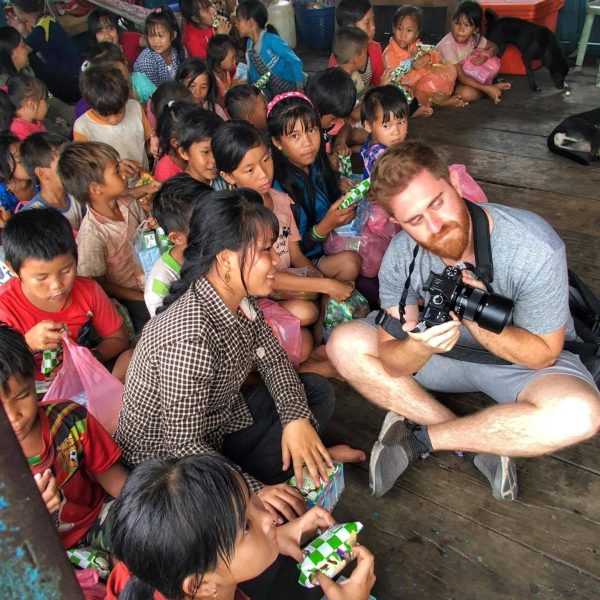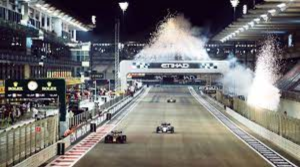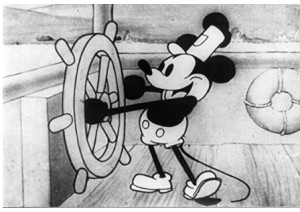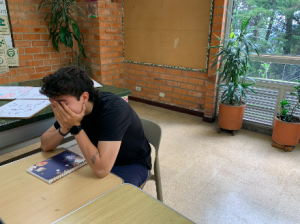“Ovo”: True Art in Medellin
Cirque Du Soleil’s production, Ovo, toured Medellin from October ninth to the 26th leaving with it an everlasting standard for artists in the city. “The artists did an incredible job with their tricks and I realized that they increased people’s interest in art,” Federico Ospina, 12th Grade Student, said.
As the egg cracks in the middle of the stage, movement and Brasilian sounds take control of Cirque du Soleil’s latest venue, the Ivan de Bedout Coliseum in Medellin, Colombia. Trapeze artists dressed as cockroaches flip more than 15 meters above ground and a couple embodying caterpillars become a butterfly through the use of aerial silks; the audience is mesmerized by this new definition of circus. In the declining circus industry, Cirque du Soleil became an innovator by making slapstick humor sophisticated and prioritizing three key factors: clowns, tents, and acrobats. Soon, this Montreal based company became world-renowned for their ability to turn gymnastics into Broadway and gave birth to a renovated circus artist whose enchantment has captured audiences from over 300 countries. The company finally toured Medellin with its production titled Ovo or “egg” in Portuguese. Ever since it was conceived, Ovo aimed to capture insect behavior and highlight the circle of life with an emphasis on movement versus storytelling, which set the standard for impeccable art shows in Colombia.
When Ovo’s costumes and sets are compared to that of other popular shows in the city, one can see a vast divergence in professionalism and design. Cirque du Soleil’s wardrobe is handmade in their Montreal headquarters and is characterized by being athletic and eye-catching. Each piece takes over 40 hours to make and, for Ovo specifically, there are 50 performers with a back-up costume each. Furthermore, Cirque du Soleil is distinguished for displaying exquisite set designs that are unique to each show. Ovo’s set designer is Gingo Cardia, who utilizes irregular shapes to create the illusion of nature and its interactions. A lot of the pieces of the set are movable; for instance, Ovo exhibits the largest flying act undergone by the Cirque with 80 cables that have to be installed mid-performance by 40 performers and assistant technicians. On the other hand, other popular spectacles in Medellin depend on imitating professional companies as opposed to creating their own wardrobe. Some dance academies, like Play Dance, rely on partnerships with brands like Maaji Swimwear and end up using ridiculous bathing suit pieces as part of their costumes. As a result, when compared to dance shows in Medellin, Ovo’s wardrobe and set design are exclusive, creative, and unprecedented.
In addition, Cirque du Soleil artists are considered professionals in their field, a characteristic unknown in art performances across Medellin. People working for Ovo need to receive professional circus arts degrees. On the contrary, most dance and music shows in the city are done by amateurs who lack proper training. The fact that Cirque du Soleil’s artists are professionals changes training dynamics. While ballet studios such as Ballet Metropolitano and Andrea Wolff claim to produce pre-professional artists, neither their rehearsal schedule nor their studio rules are as strict as those of Soleil. For example, cirque performers practice an hour and a half each day, receive physical therapy sessions, coach their peers, perform at night time, and are not authorized to miss rehearsal. Conversely, even when most dance studios in Medellin train a meager 18 hours per week, girls are allowed to skip rehearsal. This scheduling flexibility paves the path for everlasting mediocrity where attention is not placed on overall athletic fitness and quality. Ultimately, this leads to an overall subpar artistic caliber in Medellin, where performances like Ovo become an impossible standard.
Like other acclaimed international productions, Cirque du Soleil tickets are expensive, especially when compared to other shows in Colombia. Ticket prices ranged from 171,500 to 743,000 pesos, prices that most Colombian families cannot pay. In a city where the arts are neglected, these prices are unable to attract the entire community. When deciding to attend, people might question the value of Ovo and opt to purchase the typical 75,000 pesos tickets to other dance school performances. However, this choice depicts Medellin’s blatant ignorance. Part of the reason art does not thrive in the city is due to the amount of money people are willing to spend on it. In Ovo’s case, it is a magnificent performance whose quality merits its price.
Ultimately, Ovo exemplifies the vulnerability and purity of an artist by placing value on movement quality and paying attention to details in both their wardrobe and sets. If people in the city want to see art’s full potential, then Ovo is the perfect example.

